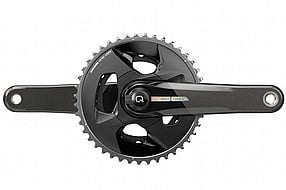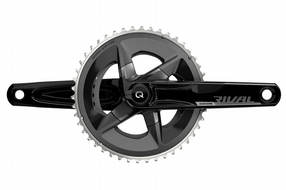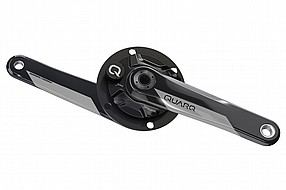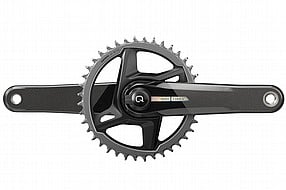
The value on this product is great. They are accurate, easy to set up and provide a great option to other power meters in being able to be moved to different bikes easily and their price tag. The only quirk I noticed is they do not engage with my shoes as quickly and easily as my Shimano pedals. I wear Sidi Dominator off road shoes and it takes an extra second or two to get them lined up to engage. This is not a problem for a training/casual ride but could be an issue in a race. Where Shimano pedals just seem to naturally find the right spot with no real effort the Favero require a little finagling to get them positioned. I am in my 50s now, so my competive racing days are behind me but this would have bugged me in my 20-30s. I still ride 8-12 hours a week and still structure my workouts and these work wonderfully.

The value on this product is great. They are accurate, easy to set up and provide a great option to other power meters in being able to be moved to different bikes easily and their price tag. The only quirk I noticed is they do not engage with my shoes as quickly and easily as my Shimano pedals. I wear Sidi Dominator off road shoes and it takes an extra second or two to get them lined up to engage. This is not a problem for a training/casual ride, but could be an issue in a race. Where Shimano pedals just seem to naturally find the right spot with no real effort, the Favero require a little finagling to get them positioned. I am in my 50s now, so my competive racing days are behind me, but this would have bugged me in my 20-30s. I still ride 8-12 hours a week and still structure my workouts and these work wonderfully.

First of all - these are good pedals. There is nothing different about them vs any other standard SPD based pedal other than the small charging pins located on the inside of the spindle. The power readings are great - no dropping or issues. Paired instantly with my Garmin products. Battery life is crazy - still on my initial charge since purchase including multiple road trips (the vehicle motion sometimes turn the pedals on and ~ 250 miles of riding).

I've been riding with Shimano dual power meters (two bikes) for almost ten years. Never really needed the dual, since my power was essentially the same. It was an expensive choice that didn't add much, if any, value. Third bike was a SRAM spider power meter mount, it was great, but I think the cost was around $400. This is just as good, but not nearly as much money. As long as it holds up, it will be the best value power meter I've purchased in ten years. 4 stars only because I've only had it two months.







